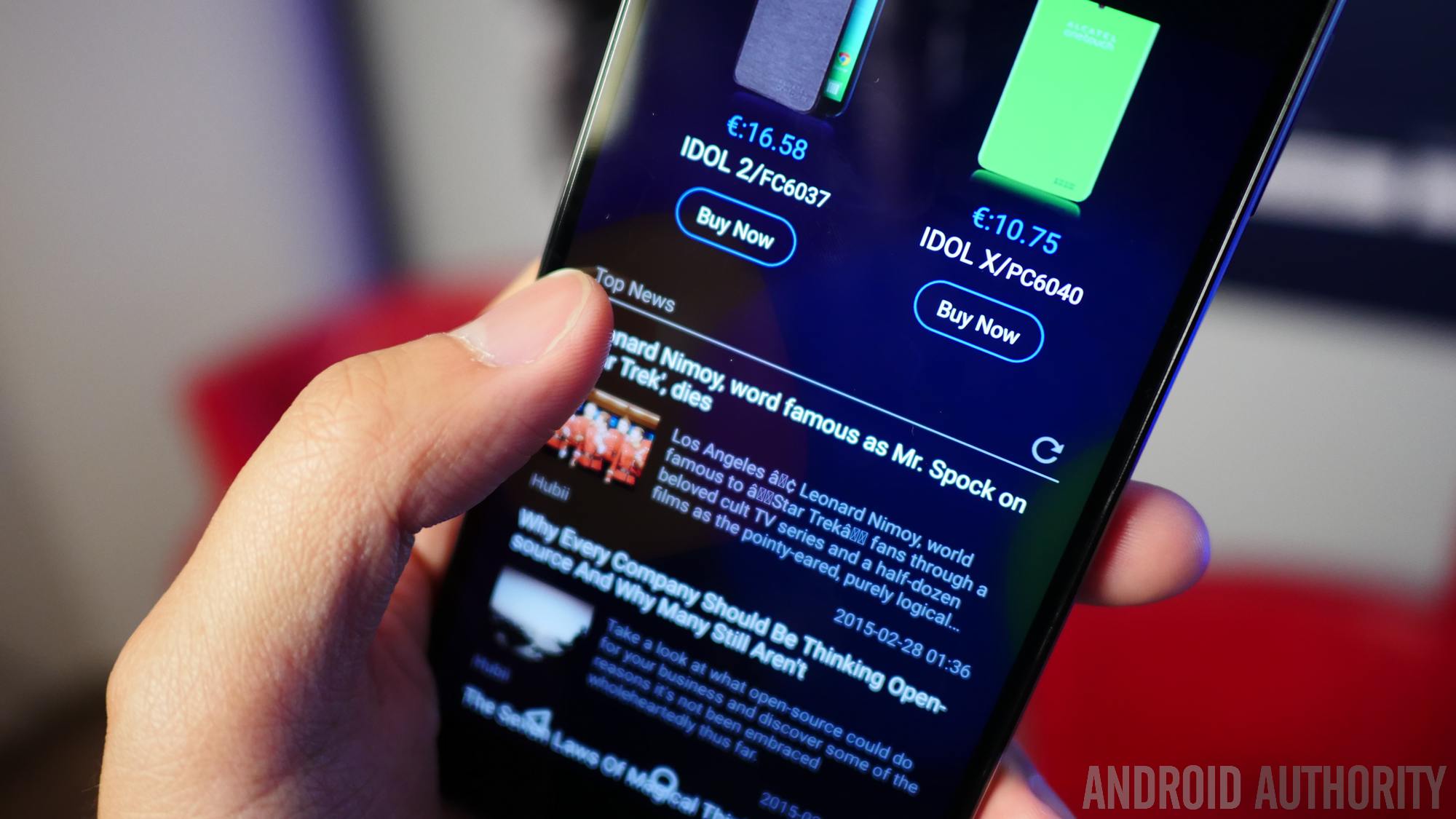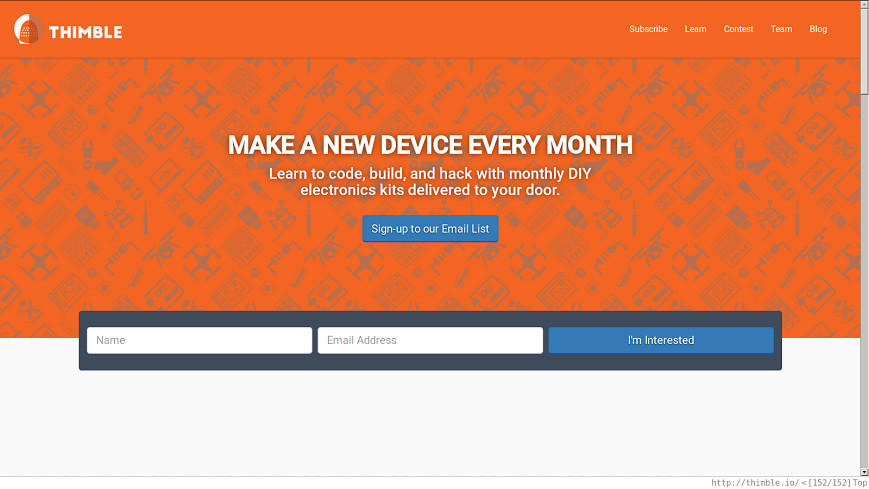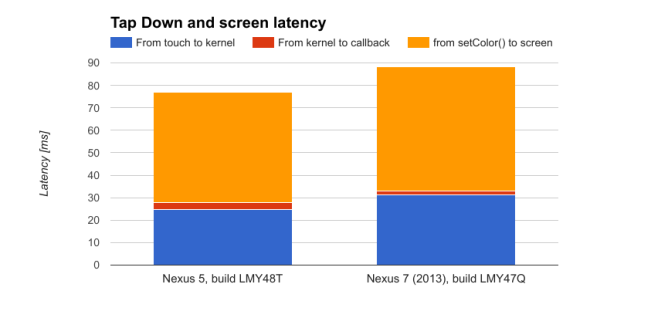Affiliate links on Android Authority may earn us a commission. Learn more.
Introducing WALT: an open-source latency testing tool from Google

In mobile reviews, we toss around the word “snappy” a lot. When we describe something as snappy, what we really mean is that the device has a low latency between input and output, right? A snappy touch screen feels like you’re actually moving physical objects around when you swipe and tap because the latency is so low that you barely perceive it. Although users can always feel whether a device is snappy, there aren’t a whole lot of tools available to developers to measure this metric. That is, until WALT.

WALT is a tool that’s been used internally by Google for some time to assist in developing Nexus devices and Chromebooks, but now the search giant is opening up the source code so that anybody with a pinch of wherewithal and a few cups of electro-savviness can whip up a WALT in an afternoon. Google says you can scoop up all the parts for under $50.

For those less technically inclined wondering why there is ever delay between input and display on a mobile device – after all, it’s not like the internet, where information has to go around the world or to outer space before coming back – latency exists because there are really a lot of steps in the seemingly simple process of just swiping over to the next homescreen. First, the hardware – like the touchscreen or the microphone in the case of audio latency – must pick up your input. This information is fed to drivers that interpret the input, and then relayed to an app or launcher which further interprets this information and behaves accordingly. This behavior is then represented visually on the display.
Each of those steps takes time, if only milliseconds, but we are incredibly fine-tuned creatures when it comes to moving physical objects around and tinkering with things in our hands. Getting software to emulate real-world physicality takes incredibly low latencies. Since Google is making WALT available to developers, that’s just one more tool in their tool chest that lets them bring a cleaner, more natural Android experience to their apps and devices.